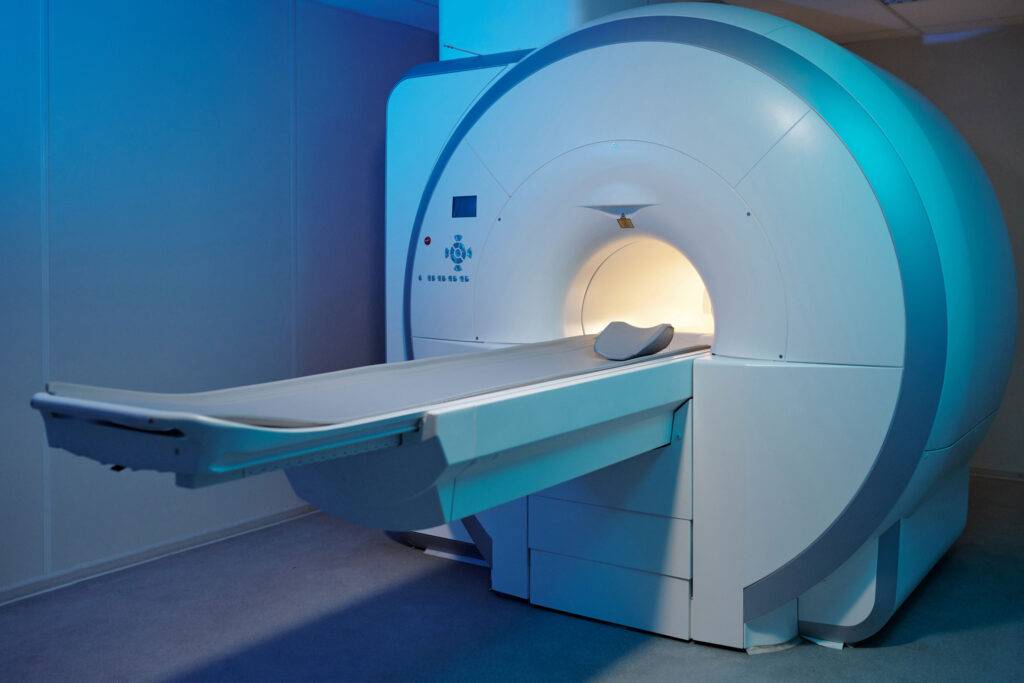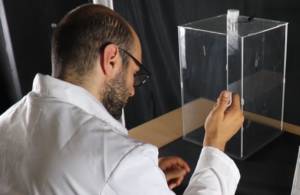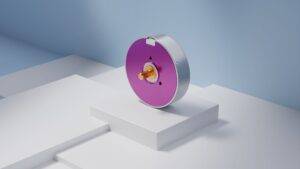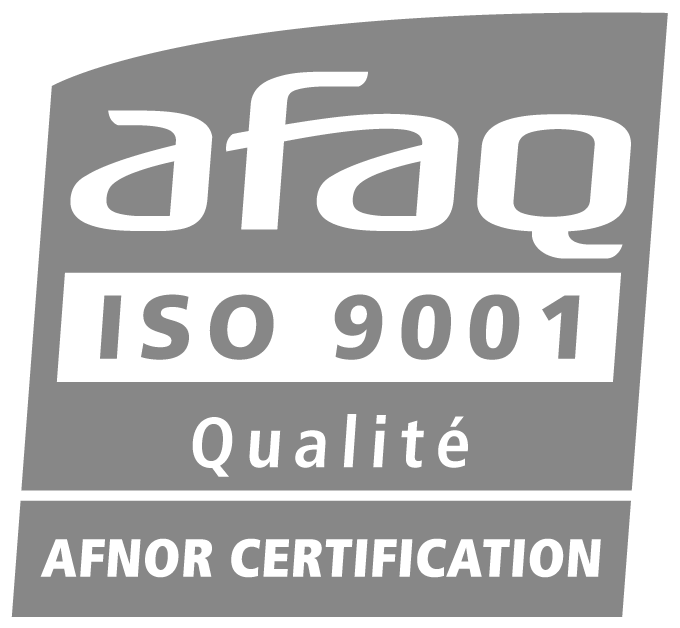Introduction: Tackling the Global Burden of Cardiovascular Diseases
Cardiovascular diseases, accounting for an alarming 32% of global deaths, necessitate innovative solutions for efficient diagnosis and treatment. In this comprehensive exploration, we delve into the pioneering research from University College London titled “Toward autonomous pulmonary artery catheterization: a learning-based robotic navigation system.” You can explore the full research papper, written by Yaxi Wang at the following link : here.
Challenges in Cardiovascular Interventions: Pioneering Solutions Beyond Traditional Approaches
As the prevalence of cardiovascular diseases continues to rise, there is a critical need for advanced cardiac catheterization methods that outperform traditional approaches like X-Ray fluoroscopy. These methods not only pose risks due to ionizing radiation but also present challenges with poor soft tissue contrast. Our journey into the realms of cutting-edge interventions explores the promise of real-time MRI-guided catheterization, signaling a significant departure from conventional practices.
Autonomous Robotics: Unveiling the Power of MRI-Compatible Ultrasonic Motors
Technological Breakthrough: Leveraging Tekceleo’s Wavelling© Ultrasonic Motors
Central to this revolutionary research is the development of an MR-compatible catheterization robot, a feat made possible by the integration of Tekceleo’s Wavelling motors. The synergy between a WLG-75 motor for rotational motion and a WLG-30 motor for clamping not only ensures seamless motion control but also meets the stringent MRI compatibility requirements. These ultrasonic motors, proved their superiority to other technologies for their compact construction, high speed, precision, and rate stability, usher in a new era of catheterization capabilities under MRI imagery.
The chosen ultrasonic motors from Tekceleo, known for their compact construction, high speed, precision, and rate stability, emerge as the right solution in overcoming the hurdles posed by traditional catheterization methods. This transformative technology ensures that the robot operates within the demanding electromagnetic fields of an MRI environment without compromising image integrity.
Remote Precision: Empowering Interventions with Robotic Control Interfaces
The UCL team created in a very fast and efficient way a prototype of catherization robot, aiming for precision and efficiency with a dedicated 2-DOF robotic platform equipped with joystick interfaces. This interface enables healthcare professionals to remotely control translational and rotational catheter movements. Additionally, a 5-DOF tracker at the catheter’s tip provides real-time data on position and orientation, setting the stage for advanced trajectory optimization.
This data-driven approach empowered the UCL team with instantaneous feedback, enabling them to make informed decisions during the intervention but also collecting data for the training of an autonomous control of the robot. Their choices during this first laboraty prototype and test is setting a new standard for procedural precision with real time tracking. Such design can be optimized in the future and bring to the surgery table, allowing operators to navigate the catheter through complex anatomical structures with confidence and great feedback informations.
Transformative Insights: Learning for Optimization and Enhanced Efficiency
The essence of this transformative approach lies in the adoption of the Learning from Demonstration (LfD) methodology, which fundamentally shifts the paradigm of robotic intervention. Unlike traditional rule-based programming, LfD enables the robotic system to learn and adapt based on real-world demonstrations. In this instance, the system is trained using a Gaussian Mixture Model (GMM), adding a layer of sophistication to the learning process.
The foundation for this learning process is laid through the collection of data from 50 repetitions of manual catheterization procedures. These repetitions not only capture the procedural steps but also the subtle nuances and variations inherent in different interventions. This iterative learning ensures that the robot not only mimics actions but comprehends the intricacies that contribute to a successful catheterization.
The Gaussian Mixture Model (GMM) plays a pivotal role in this process. As a probabilistic model, GMM can capture complex relationships within the dataset, making it particularly well-suited for modeling the diverse and intricate movements involved in catheterization procedures. This model complexity allows for dynamic adaptation, ensuring that the robot doesn’t merely replicate learned trajectories but flexibly adjusts to novel situations and patient-specific anatomies.
The primary goal of employing the LfD GMM method is trajectory optimization. By learning from the collected data, the algorithm refines its understanding of optimal catheterization trajectories. This refinement is not a static process but a dynamic one, allowing the system to continually evolve and improve its techniques over time. As a result, the robot can adapt to various procedural scenarios, enhancing precision and efficiency in catheter interventions.
Unlike conventional programming, which relies on predefined rules and scenarios, the LfD GMM approach introduces an element of adaptability in real time. The robot’s ability to learn and optimize its trajectory based on dynamic, real-world demonstrations positions it as a flexible and responsive tool in the hands of healthcare professionals.
Conclusion: Shaping the Future of Cardiovascular Care with Ultrasonic Motors and MRI Compatibility
This research not only confronts the current challenges in cardiac catheterization but also lays the foundation for safer and more efficient interventions. The amalgamation of ultrasonic motor technology, MRI guidance, and machine learning not only addresses existing limitations but also promises a paradigm shift in global cardiovascular care. As we stand at the intersection of innovation and healthcare, the implications of this research extend far beyond the laboratory, offering a glimpse into a future where cardiovascular interventions are not only more precise and efficient but also safer for both patients and healthcare professionals. The collaborative efforts of the research team at UCL underscore the potential of interdisciplinary approaches, propelling us towards a new era in medical technology. The road ahead holds promise for continued advancements, shaping the landscape of cardiovascular care and leaving an indelible mark on the future of healthcare as we know it.




